The General Merchandise Distributors Council (GMDC) has undertaken a major rebranding initiative. The association has become the Global Market Development Center, to more accurately articulate its role in serving globally focused wholesalers, retailers, and suppliers.



